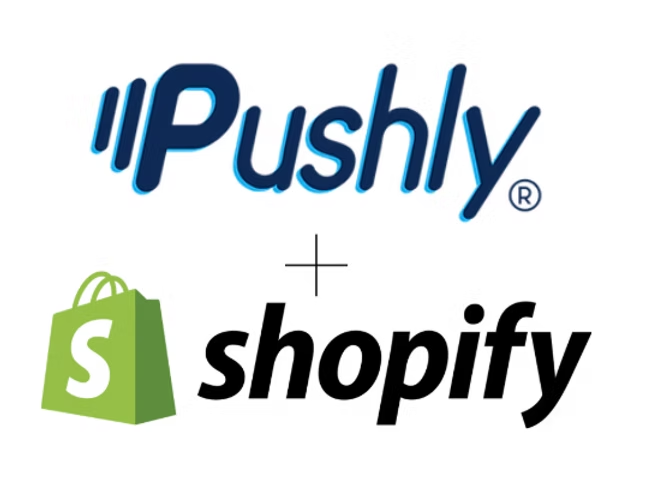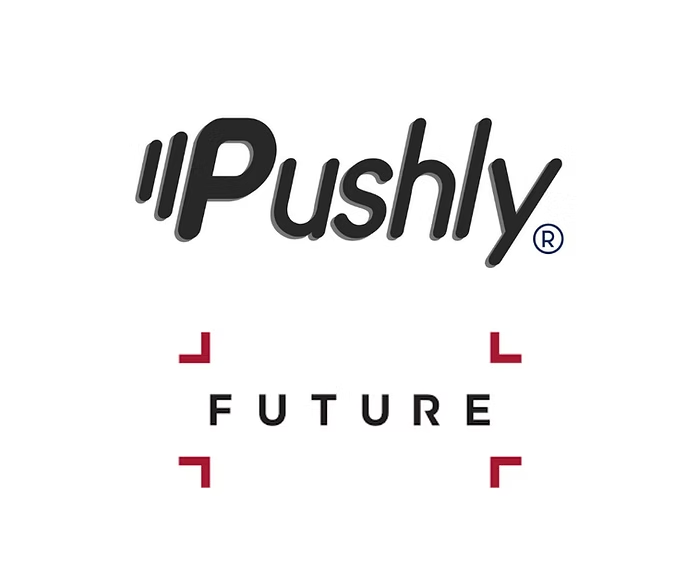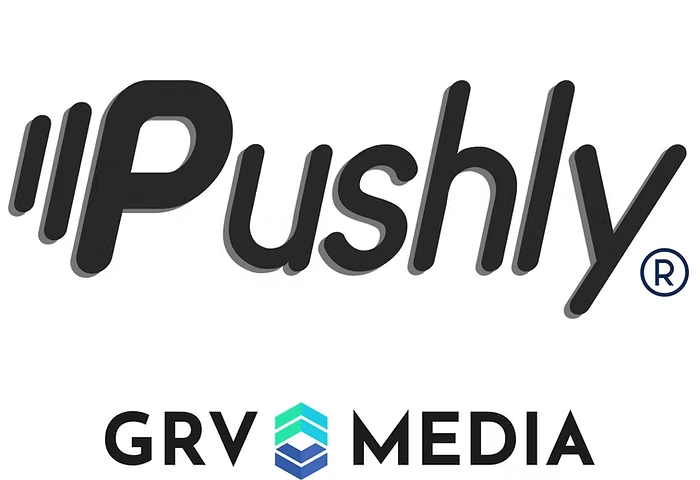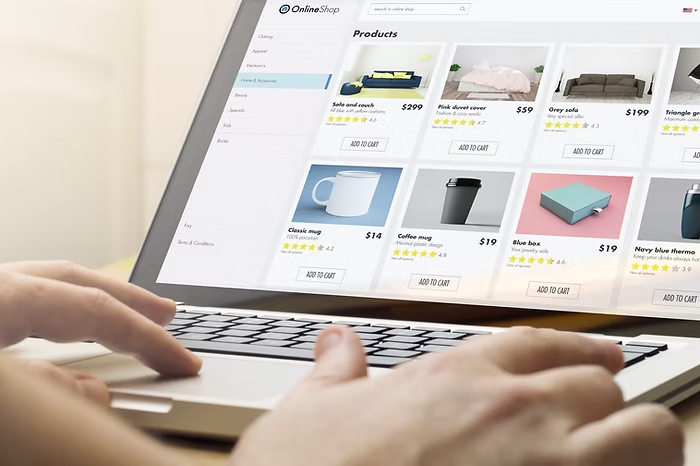Ecommerce brands know one thing for certain: consumer attention is fleeting. Whether it’s endless browser tabs, social media scrolls, or second-screen distractions, even your most interested customers can drift away before checking out.
That’s why we’re excited to announce the Pushly + Shopify integration—a powerful combo that helps retailers convert more browsers into buyers and keep customers coming back.
Why It Matters
Shopify powers millions of storefronts worldwide, helping brands of all sizes bring their ecommerce dreams to life. Pushly complements that mission by delivering real-time, personalized notifications that re-engage shoppers with timely, relevant messages.
Together, they offer a seamless, high-impact way to boost conversions, reduce cart abandonment, and drive long-term loyalty.
Here’s why that’s critical:
- Shoppers are more distracted than ever.
- Browse and cart abandonment rates remain high.
- Personalized, behavior-based messages get results.
How the Integration Works
Setting up Pushly with Shopify is fast, simple, and doesn’t require a technical background.
Install + Connect
Pushly offers a custom-built Shopify integration for retailers. With a Shopify store and a Pushly account, you can be up and running in minutes. Just a few clicks and you’re connected—no dev team required.
Behavioral Triggers
Pushly tracks key customer behaviors on your site, including:
- Browse Abandonment: Shopper views a product but doesn’t add to cart
- Cart Abandonment: Shopper adds to cart but doesn’t complete purchase
- Post-Purchase Activity: Ideal for upsells, cross-sells, and thank-you campaigns
- Engagement Depth: Based on visit duration, pages viewed, and past push interactions
- Product Affinity: Tracks interest in product types, categories, and promotions
Real-Time Messaging
Messages are triggered instantly, ensuring perfect timing. Plus, they’re:
- Fully brandable
- Promotion-aware
- Inventory-sensitive
Key Use Cases
Pushly + Shopify unlocks a variety of high-impact scenarios for your business:
- Browse Abandonment RecoveryBring window shoppers back with a reminder—and maybe a little incentive.
- Cart Abandonment Nudges
“Your cart misses you.” Enough said. A gentle push can recover lost revenue.
- Back-in-Stock Notifications
Let interested shoppers know when popular items return.
- Price Drop Alerts
Reignite interest with personalized alerts when prices fall on viewed items.
- Flash Sales + Promo Pushes
Build buzz and urgency with real-time updates for limited-time offers.
- Post-Purchase Follow-Up
Thank customers, recommend complementary products, or offer loyalty perks.
- Holiday + Tentpole Campaigns
Plan ahead with support from Pushly’s account team to maximize seasonal promotions.
What’s In It for Retailers?
Retailers using Pushly with Shopify can expect:
- Higher Conversions
Catch shoppers at the right moment with relevant nudges.
- Personalized Engagement
Segment messages based on browsing behavior, cart contents, and timing.
- Effortless Setup
No code, no complexity—just instant value.
- Sustainable Growth
Build a high-intent, opted-in audience for long-term engagement.
- Revenue Acceleration
Recover abandoned sales, boost AOV, and increase repeat purchases.
Why Choose Pushly?
Pushly is purpose-built for real-time ecommerce engagement. Here’s what sets us apart:
- ✅ 100% opt-in = higher trust and engagement
- 📊 Robust reporting and performance insights
- 🤝 White-glove onboarding and support
- 🧠 Smart personalization without requiring extra resources
Ready to Re-Engage?
Getting started is simple:
- Contact Pushly to set up your account and align on campaign goals.
- Log in to both Pushly and Shopify on the same browser.
- Connect your store and activate the integration.
Start sending smart, high-converting push notifications that turn browsers into buyers—and keep them coming back.





